Why do we recycle plastic into fuel oil?
2018-08-10 / Industry News
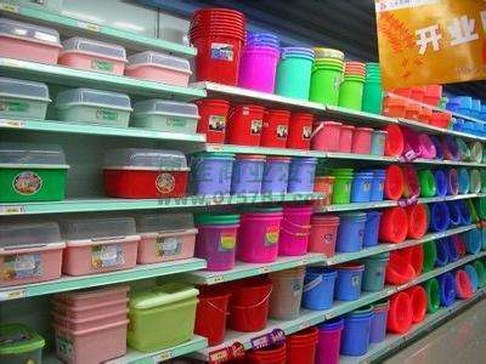 Various plastic products in common use
Various plastic products in common use
We use plastic products every day, such as beverages and food containers, garbage and shopping bags, plastic cups and plastic utensils, children's toys and diapers, as well as a variety of liquid-filled cups. Waste plastics are increasing every year and already account for a large portion of municipal solid waste. The common waste plastic solution are landfill and combustion, but neither of these two plastic recycling methods is ideal.
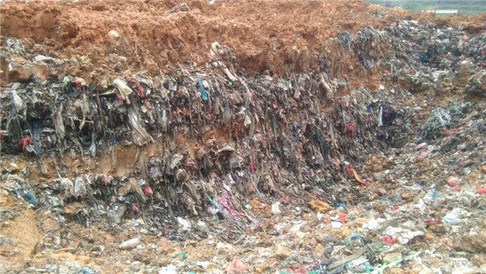 Soil severely damaged by plastic landfill
Soil severely damaged by plastic landfill
Landfills take up a lot of land resources and it takes a long time for plastics to degrade. If it is buried underground, it will take at least 200 years to rot, which will adversely affect the pH of the soil, worsen the soil environment and seriously affect the growth of crops. The accumulation of waste plastic products in the soil will affect the absorption of nutrients and water by crops, resulting in reduced crop yields. If the animal eats a plastic film, it will cause digestive diseases and even death of the livestock. At the same time, waste plastic landfill will occupy a large amount of land and affect the sustainable use of land. However, as a non-renewable resource, land resources are becoming more and more precious, and it is increasingly difficult to reclaim land for plastic waste.
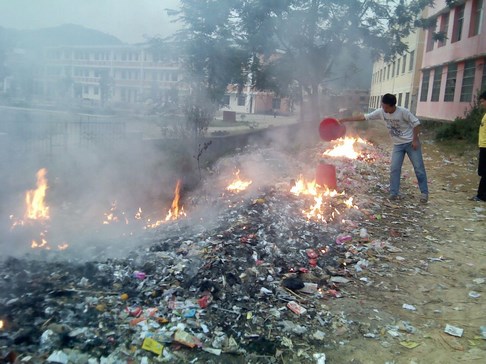 Serious environmental pollution caused by plastic waste incineration
Serious environmental pollution caused by plastic waste incineration
Incineration produces toxic gases that pollute the environment. Plastic burning can produce dioxins, which are carcinogenic. Long-term inhalation can cause damage to the respiratory tract and circulatory system. For example, when polystyrene is burned, toluene is produced. A small amount of this substance causes blindness, and humans may have symptoms such as vomiting after inhalation; PVC burning also produces hydrogen chloride toxic gas. Therefore, incineration of plastics can seriously pollute the environment.
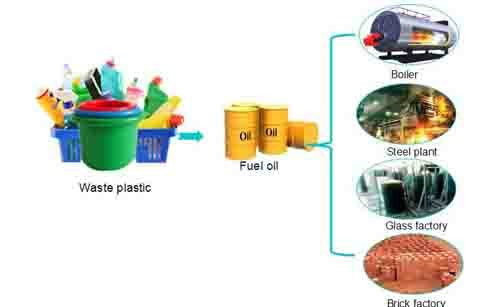 Recycle plastic into fuel oil
Recycle plastic into fuel oil
Nowadays, energy is becoming scarcer. If we recycle plastic into usable energy, it can solve the environmental pollution caused by plastic waste, and also solve the resource crisis faced by human beings. It is definitely a good plastic recycling program.
In the plastic manufacturing process, it takes a lot of resources, and there are oil components inside. Plastic, a product of petrochemicals, is made of petroleum or natural gas combined with oxygen or chlorine. From a chemical structure point of view, plastic is a high molecular hydrocarbon, while gasoline and diesel are low molecular hydrocarbons. Therefore, it is entirely possible to recycle plastic into fuel oil.
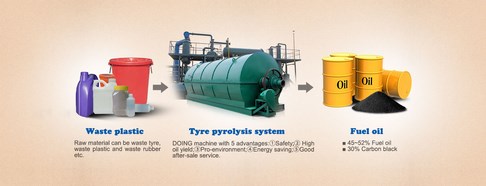 DOING environmentally-friendly plastic recycling plant
DOING environmentally-friendly plastic recycling plant
There are many kinds of equipment that can recycle plastic into fuel oil. The environmentally-friendly continuous plastic pyrolysis plant produced by DOIGN does not produce waste water and waste gas during the pyrolysis process, so it will not pollute the environment. Moreover, the fuel oil, carbon black and non-condensable gases produced by continuous plastic pyrolysis plant have high commercial value: 1. Fuel oil is widely used in heavy industry and commercial. It has a high combustion calorific value and is mainly used in cement plants, glass factories, steel plants, boiler plants, brick factories, etc.
2. Carbon black after re-processing, can be made into a fuel, widely used in areas that require combustion and heating, such as cement plants, steel mills, glass plants, etc., can also be used as fuel for continuous plastic pyrolysis plant.
3. Non-condensable gas has a high combustion heat value, can be recycled to heat the reactor to save fuel.
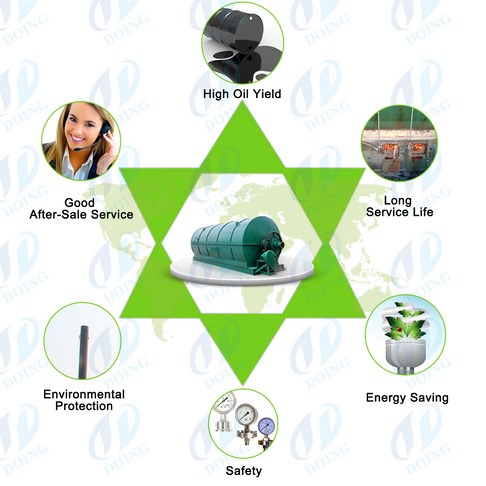 Main features of DOING environmentally-friendly plastic recycling plant
Main features of DOING environmentally-friendly plastic recycling plant
To recycle plastic into fuel oil by the pyrolysis plant can avoid the pollution caused by landfill and incineration, and produce a wide range of fuel oil and carbon black, bringing us huge economic benefits. Why are we not doing good things like this?
